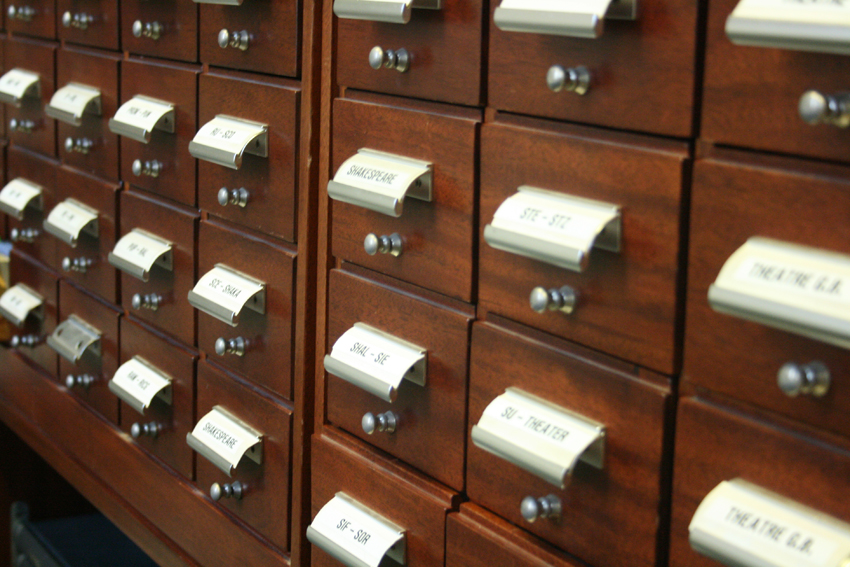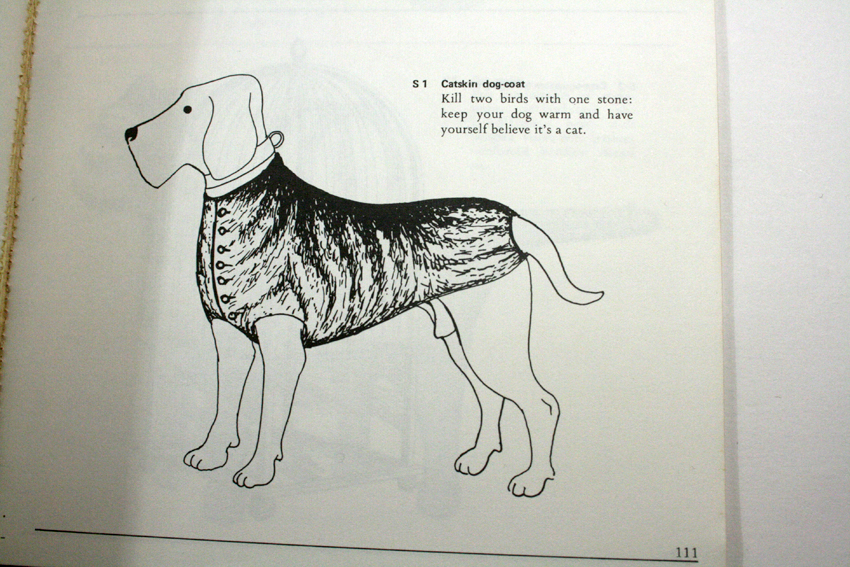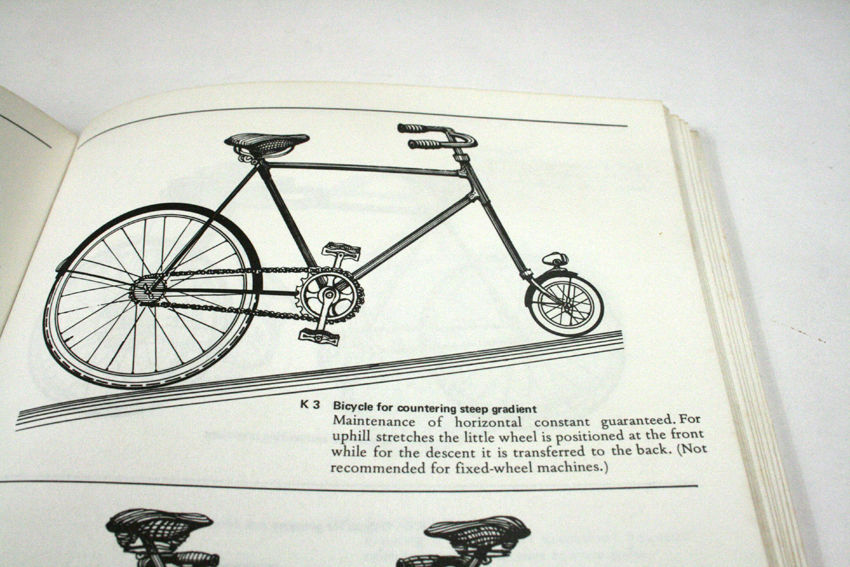Pretty Susie
Coke Branding
A Nice Interactions Website
This has some good interviews about interaction in design ranging from Dunne and Raby to the guy who designed the first 'proper' mouse. Make sure you check out Hiroshi Ishii's sweet diagram for interactions of basically any kind- it's nice to see these things striped down to the basics sometimes. http://www.designinginteractions.com/interviews/HiroshiIshii
More Books
Inventory : Collected, Vol. 2, No. 2 1997 The world according to Dewey, Simon Neville, pg 34:
There are 2 types of institutional collection; the indexical collection and the museum collection. This distinction hinges upon an understanding of 'whole' and 'fragment'. Within the indexical collection, items that together compromise the collection as 'whole', are 'fragments' of that collection. Within the museum the same items become 'whole' though an act of presentation that serves to isolate the item as a distinct object, removing it from an archival space where it would have existed within an array of similar objects descriptively understood as a class within a general taxonomy, to become a proper name.
Abject/Collect, Nick Norton, pg 37:
Yet how pointless, to embark upon a collection that will be killed if complete, will kill us if never completed.
The Ticket Collectors, John Churcher, pg 41:
For many patients the closed world of the railways fulfils he same function as the pub for alcoholics; providing an ideal milieu and cover for their activities.
A botanical enthusiast informs me that there are at least 300 genera of rushes and that while the difference between many of them is extremely slight an interest in rushes is not incompatible with leading a relatively normal life. On the other hand grasses have been divided up into 600 genera and 10,000 species. In typical English meadow or field an expert working on his hands and knees , with a microscope, from dawn to dusk might identify upwards of 100 species or sub-species, the following day perhaps another 50. The perils are obvious. As some will attest that with recreational drugs one things leads to another, all too often today's 'rushman' is tomorrow hooked on grass.
From Soane to Soane, Calum Storrie, pg 44:
Every doll (especially the doll that cannot be played with) presents itself as 'us' made small. Each railway station, car, gun and doll's house shows us our world made small. Of course by juxtaposing different scales of object this world is made absurd. So what, at first, appears as a way of simply relating to the world (especially the world of made things) is actually a mad tableau which defies coherence.
Waste, Residues and Traces: Collecting As A Form Of Consumption, Adam Scrivener, pg 94:
Collecting also seeks the most rare, the unique. In an age of undifferentiated mass-production the aura of the unique object still has power.
For the museum, completion is the ultimate desire - to collect or accurately represent everything of a certain type or with the widest and most detailed scope possible; where for the private collector, it is to be feared and deferred - the final item spells death where perhaps only a dispersal or selling off can begin the process anew.
V&A Archives
I went to the annual open day at the V&A archives at Blythe House in Olympia. 
 There was an interesting thing of refinement: the woman talking to us was an archivist, from the archives department, from the art and design department, from the word and image department, from the V&A. In a similar way the objects were at the bottom of a load of layers: building, room, shelf, box, foam, card, sleeve, paper, then object.
There was an interesting thing of refinement: the woman talking to us was an archivist, from the archives department, from the art and design department, from the word and image department, from the V&A. In a similar way the objects were at the bottom of a load of layers: building, room, shelf, box, foam, card, sleeve, paper, then object.
The open book is a conserved version of the book above it. The top book had loads of pictures stuck in with sellotape and this has eroded and died over time so that things are stuck together and the pictures become damaged. The conserved book is easier to navigate and and work from - indeed through the conservation process the images are more accessible and now some of the images have been displayed at the design museum and also the Cold War Modern exhibition - i think it's interesting, because i find it to be another level of context abstraction the images in the fading, old, ledger feel more honest and fit the pictures better than the sterilised conserved version.
There was a story told about how a bed had been offered from Garrick's family. On visiting the item in question the curator also discovered a number of other items which used to belong to Garrick and a collection of letters and documents pertaining to the heritage and acquisition of the bed, including, of note, an unpublished poem. The money to acquire these could not be given by the museum and so they went to the society of Garrick (these guys had money) and they whipped round and got the cash- and also in the process another museum piece was offered- this adds weight to my argument that things attract things- i think this might be worth revisiting.
A tour guide, Guy Baxter, described the archives as 'Some of our treasures'
The archivists seek to record through archiving.
The buildings were built originally as offices and so are not strong enough for the purpose so the archive shelves (which i wasn't allowed to take pictures of!) had to placed over the beam lines of the buildings- i like the idea of a collection dictating a space and also the other way round there's some kind of interesting relationship happening there.









